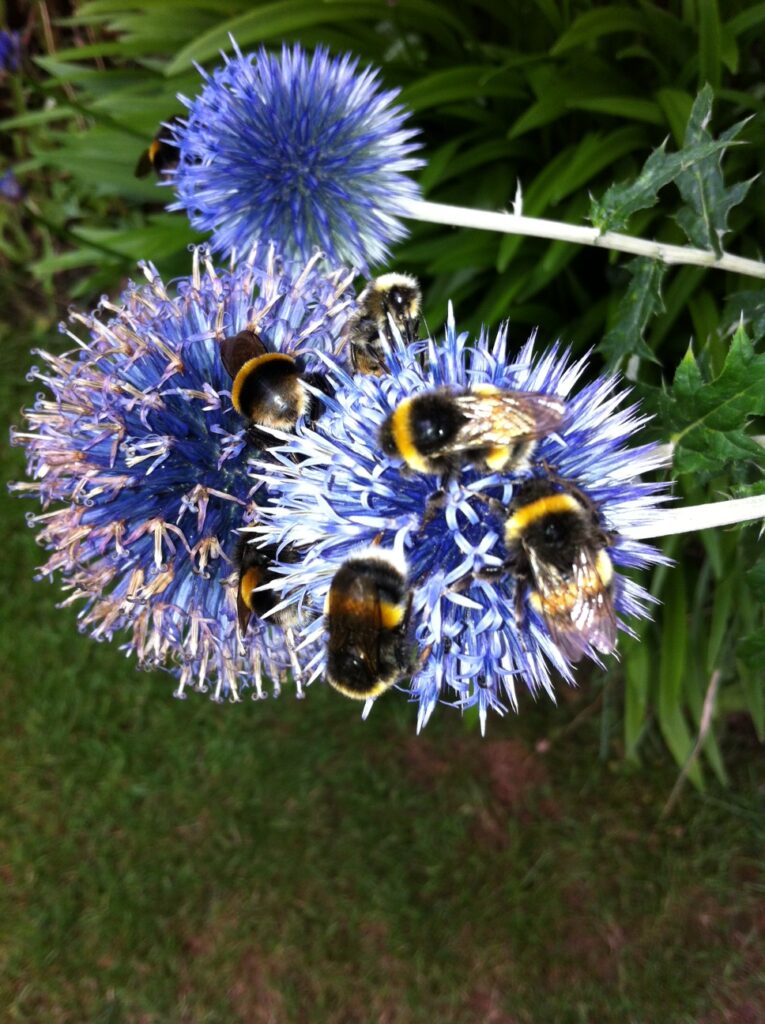 What happens when you throw a boomerang away from you? Of course we all know the answer, it comes back to you. The mystical aspect of practicing deliberate kindness, compassion or any other related positive act is that it tends to come back to you in unexpected but consistent ways. The upshot of this is that if you want to have kindness and compassion expressed toward you, the best way to achieve this is go out there and start practicing it yourself to others.
What happens when you throw a boomerang away from you? Of course we all know the answer, it comes back to you. The mystical aspect of practicing deliberate kindness, compassion or any other related positive act is that it tends to come back to you in unexpected but consistent ways. The upshot of this is that if you want to have kindness and compassion expressed toward you, the best way to achieve this is go out there and start practicing it yourself to others.
You might think of it as a form of enlightened self interest where we are creating a win-win situation;
- Fulfilling the happiness of others by practicing kindness and consideration for them and,
- At the same time helping ourselves create the cause to receive similar treatment now and in the future
Perhaps the most important time to pick up this practice is precisely the time when we feel least like doing it; when we are feeling hard done by, upset or alone or uncared for. If at this time we can remember the boomerang of practicing kindness we can make the effort to go out and express caring for others and ourselves, send something positive out into the world so that we are inviting similar energy to come back to us.
Often an act of kindness has an immediate positive effect upon us; the act of caring itself makes us feel better, or invites a caring response from someone else. It also seems to work in more general ways. For example as a bouncer on the Student Union for three years during my University days I was generally calm and caring. As a result I found myself rarely in fights or trouble, and the punches and head-butts that did get thrown at me always seemed to ‘miss’ (and this was not because I was any good at fighting!)
Another example is I have a tendency to leave my wallet, phone and watch in public places (yes, I know, I’m a mindfulness teacher, I shouldn’t’t be leaving things around all the time!); the toilet in Starbucks, dropping money behind me on the pavement, in the changing room at the sports center and so on…yet they always seem to come back to me in the hand of some kind person.
Of course there is no guarantee that tomorrow I won’t have my wallet stolen and get beaten up in the process, but I do have a strong sense of how my own positive intention actively protects me from the worst that life can throw.
Practicing the boomerang of kindness
So, if you want to take this practice up for the week, just imagine that you have the boomerang of kindness in your hand as you are going about your day. Whenever you have the opportunity, throw it at people. Do it as much as you can, safe in the knowledge that every time you throw it out kindness, consideration and compassion will come back to you some way, somehow.
For more reflections on the practice of kindness see last weeks article on “The Tightrope of Kindness”.
© Toby Ouvry 2013, you are welcome to use or share this article, but please cite Toby as the source and include reference to his website www.tobyouvry.com
Upcoming Courses at Integral Meditation Asia:
The courses and workshops for January 2014 will be up shortly.
Special Coaching offer at Integral Meditation Asia for December 2013-January 2014!
Sign up for three 1:1 coaching sessions with Toby (either Meditation, Stress Transformation or Shadow coaching) for only Sing$435! (Usual price Sing$600).
This is a great opportunity to get some very personally focused coaching for a great price. The only condition is that the three sessions must be completed in the month that they start, so start in December the sessions must be completed in December, likewise start in January the three sessions must be completed in January.





 How Much Happiness Are You Prepared to Tolerate?
How Much Happiness Are You Prepared to Tolerate?
 Using Your Misfortune to Enhance and Transcend Your Experience of Good Fortune
Using Your Misfortune to Enhance and Transcend Your Experience of Good Fortune